Kubernetes Deployment Pvc Example
Create an dynamic OCI Block Volume using a Kubernetes PersistentVolumeClaim. Create a new pod with the same attached disk.
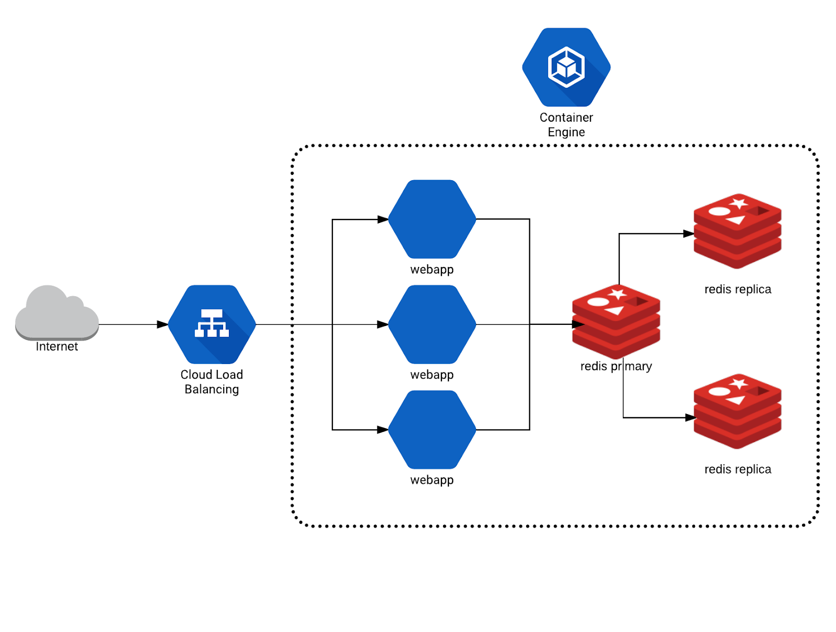
How To Deploy A Multi Tier Web Application With Kubernetes
Dec 16 2019.

Kubernetes deployment pvc example. Delete the pod. Well start by creating a PersistentVolumeClaim PVC. Kubectl drain node_name --ignore-daemonsets.
This document describes the current state of persistent volumes in Kubernetes. Kubectl get pods -o wide. For example where we previously created a single instance of the Pod we might create a Kubernetes Deployment YAML example to tell Kubernetes to manage a set of replicas of that Pod literally a ReplicaSet to make sure that a certain number of them are always available.
Writing these manifests manually is a bit of a slog. You now taking the role of a developer cluster user create a PersistentVolumeClaim that is automatically bound to a suitable. It represents the state that the Deployment should have.
This deployment is not suitable for production use cases as it uses single instance. This page shows you how to configure a Pod to use a PersistentVolumeClaim for storage. PVC stand for persistence volume claim that will easily understand by given below flow diagram of Kubernetes persistent volumes.
So in the world of Kubernetes we can write a configuration file that will create something called a volume. The PVC must request a storage class and thus the administrator must have created and configured that storage class for dynamic provisioning to occur. Kubernetes PVC Examples with Rook-Ceph.
In clusters created by Container Engine for Kubernetes the oci StorageClass is initially set up as the default. You as cluster administrator create a PersistentVolume backed by physical storage. The StorageClass specified for a PVC controls which volume plugin to use to connect to Block Volume service volumes.
In Kubernetes a Deployment spec is a definition of a Deployment that you would like to exist in the cluster. A Deployment is an object or a Java Software Development service is an object. The PersistentVolume subsystem provides an API for users and administrators that abstracts details of how storage is provided from how it is consumed.
For example Azure has Azure Disk and Azure File for Persistent Volume. A PersistentVolume PV is a storage resource in the cluster that has been provisioned by an administrator or dynamically provisioned using Storage. However if I have more than 2 replicas it will fail to create the second PV.
Drain the node if the pod is on the same node as before. Check to see which node the pod landed on. AttachVolumeAttach failed for volume pvc-8facf319-6b1a-11e8.
The following example walks through running a simple Nginx web server that leverages both the Cloud Controller Manager and Flexvolume Driver plugins through Kubernetes Services Persistent Volumes and Persistent Volume Claims. Credits Me and Open source. Kubernetes Deployment Use Cases.
If you are using a Cloud Provider like Azure Google Cloud AWS etc then Kubernetes will fulfil the Persistent Volumes Claim on the cloud storage. Kubectl apply -f mongodb-podyaml. Here is a summary of the process.
If I run with a single replica Deployment my PV gets dynamically created by the vsphere StorageClass. As shown in below diagram deployment will use PVC then PVC will use PV means during deployment PVC claim. In simple terms you can say the Persistent Volume will be somewhere in the hard disk of your pc.
You do not associate the volume with any Pod. This provisioning is based on StorageClasses. In Kubernetes that object is something that allows a container to store some persistent data.
If you dont explicitly specify a value for storageClassName in the yaml file that defines the PVC the clusters default StorageClass is used. So sometimes its helpful to see what a real manifest looks like so you can use it as starting point for your own. Our previous blog post on Kubernetes ingress 2.
PersistentVolumes and PersistentVolumeClaims are independent from Pod lifecycles and preserve data through restarting rescheduling and even deleting Pods. Familiarity with volumes is suggested. Once the pod is on a different node access.
Introduction Managing storage is a distinct problem from managing compute instances. Dynamic provisioning is used when we want to give developers the liberty to provision storage when they need it. A PersistentVolumeClaim PVC is a request for storage by a user that can be fulfilled by a PV.
Kubectl delete pod mongodb.
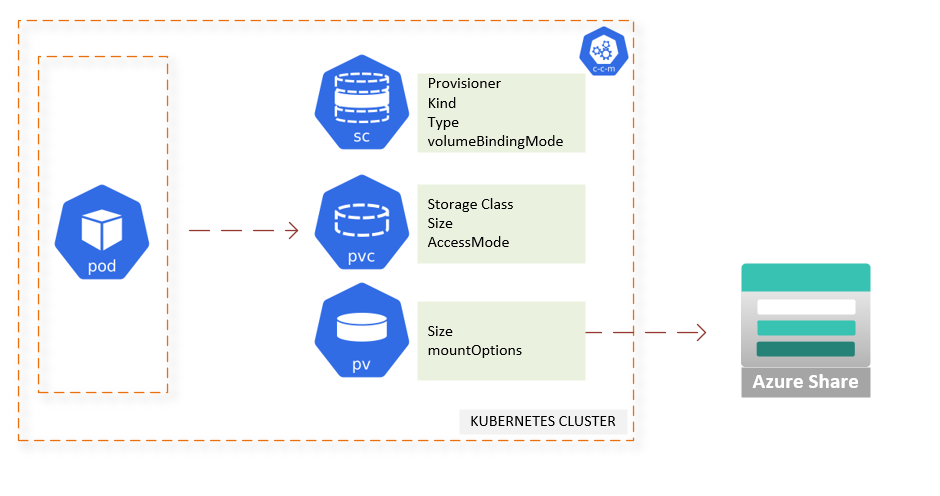
Kubernetes Storage Dynamic Volume Provisioning By Arun Kumar Singh Medium
Rancher Docs How Persistent Storage Works

Cassandra With Portworx On Kubernetes

Kubernetes Persistent Volumes And Claims Explained

Kubernetes 4 Persistent Volumes Hello World

Data Mattsson Highly Available Stateful Workloads On Kubernetes
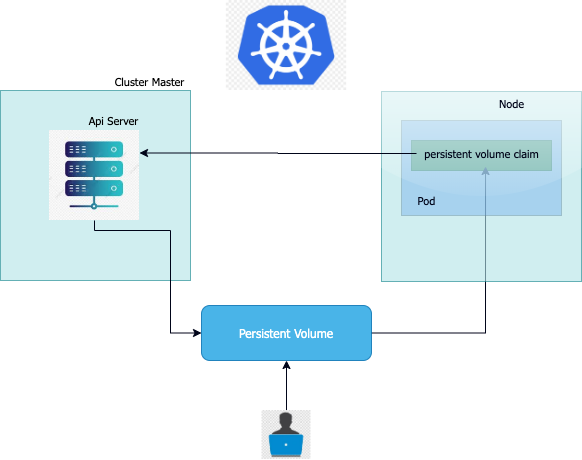
Leveraging On Persistent Volumes For Storage In Kubernetes By Samuel Addico The Startup Medium

Kubernetes Persistent Volumes And Claims Explained
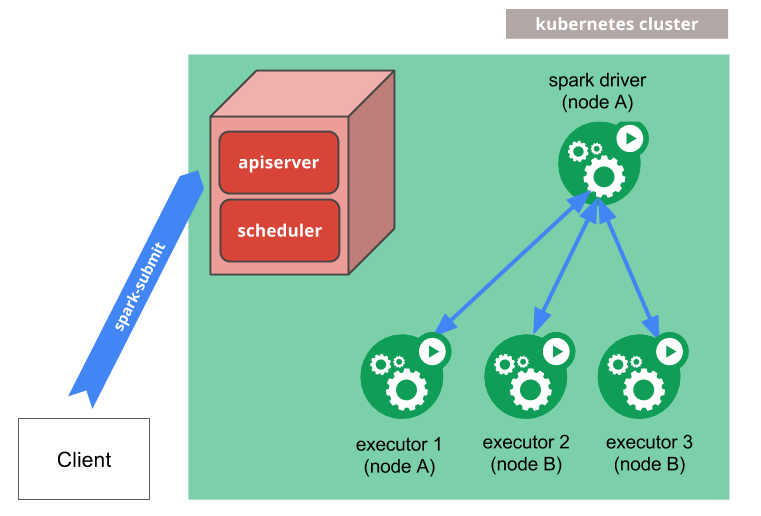
Running Spark On Kubernetes Spark 2 4 3 Documentation

Volumes In Kubernetes In Kubernetes A Volume Can Be Thought By Sarthak Srivastava Analytics Vidhya Medium
.png?width=681&name=Storageclass%20blog%20(1).png)
Kubernetes Storage Basics Pv Pvc And Storageclass

A Basic Guide To Kubernetes Storage Pvs Pvcs Statefulsets And More

Kubernetes Ingress Controller Beginners Tutorial With Nginx As An Example Techtter Youtube In 2021 Ingress Tutorial Beginners

How To Create Pv And Pvc In Kubernetes Knoldus Blogs
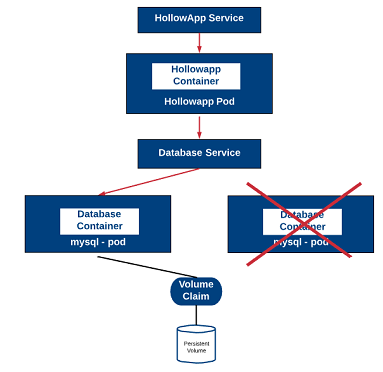
Kubernetes Persistent Volumes The It Hollow

Kubernetes Part 10 How To Configure Static Persistent Volumes With A Synology Nas




Post a Comment for "Kubernetes Deployment Pvc Example"